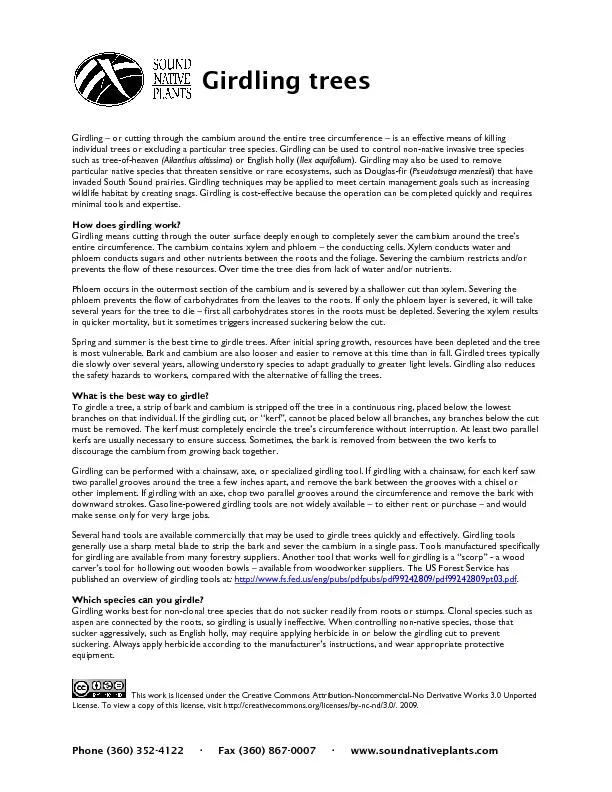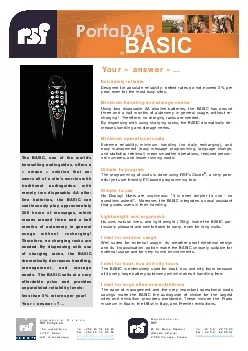PDF-Phone (360) 352-4122 Fax (360) 867-0007 www.soundnat
Author : stefany-barnette | Published Date : 2016-04-19
This work is licensed under the Creative Commons AttributionNoncommercialNo Derivative Works 30 Unported License To view a copy of this license visit httpcreativecommonsorglicensesbyncnd
Presentation Embed Code
Download Presentation
Download Presentation The PPT/PDF document "Phone (360) 352-4122 Fax (360) ..." is the property of its rightful owner. Permission is granted to download and print the materials on this website for personal, non-commercial use only, and to display it on your personal computer provided you do not modify the materials and that you retain all copyright notices contained in the materials. By downloading content from our website, you accept the terms of this agreement.
Phone (360) 352-4122 Fax (360) 867-0007 www.soundnat: Transcript
Download Rules Of Document
"Phone (360) 352-4122 Fax (360) 867-0007 www.soundnat"The content belongs to its owner. You may download and print it for personal use, without modification, and keep all copyright notices. By downloading, you agree to these terms.
Related Documents














